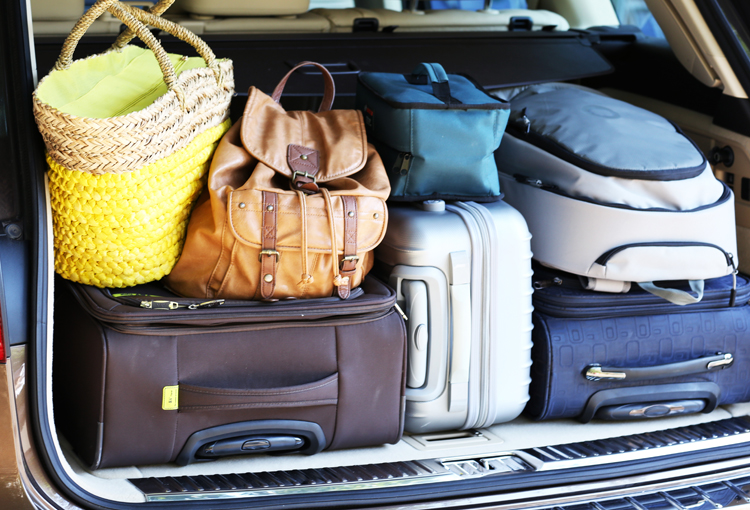As the summer holiday season approaches thoughts will inevitably turn to the logistics of packing for our relaxing time away. For those of us who holiday in the UK, the main logistical issue will be ensuring we have all items of clothing to deal with the range of weather conditions we are likely to have thrown at us. However, the logistics of packing becomes far more complicated for older and disabled people who have the additional challenges of deciding what equipment they might need to take on holiday so that they can enjoy the relaxing benefits of going away on holiday.
Over the past few years travel guides, holiday accommodation websites and brochures have begun to improve the accessibility information provided on places to visit and to stay. With this information, older and disabled people are able to make an informed decision on where they can experience a relaxing holiday. Understandably, people want to take their own equipment, such as bath lifters, on holiday. Familiarity with the way their own equipment works, or what the condition of any equipment provided by holiday agents will be in on arrival, reduces the worry of having no equipment or relying on loaned piece of equipment.
Sadly, as social services occupational therapists I was seldom in the position where my professional reasoning extended beyond the usability of bathing equipment in the home. Thankfully, this soon changed when I moved into independent practice. In this new role, I had to provide advice and recommendation to people who wanted to be able to take bathing equipment on holiday. This requirement to take equipment on holiday has added a whole new dimension to my professional reasoning.
Travelling with a Bath Lifter
Through this experience, I have following tips about taking bathing equipment on holiday. Firstly, the bathing equipment can’t be bulky or heavy. People will not travel with bathing equipment that takes up valuable room for luggage and other holiday paraphernalia.
People also want to avoid having to lug a heavy piece of equipment from the car to the accommodation. As well as this, the equipment needs to be discreet. This is a tricky one because wanting to hide the use of equipment feeds into the medical model of disability, and why should people feel embarrassed about having to use equipment. However, in my experience people want to have the choice about this and having something that doesn’t stick out like a sore thumb as you unpack the car is an important consideration for many of us.
Finally, I have learnt that the equipment has to be able to fit into the bath. This point may seem obvious, but the design of the bath at home is unlikely to be the same as the one on holiday. Therefore, it is important that the bath lifter is easy to adjust and has the flexibility in design to accommodate a wider range of bath shapes, materials, and depths.
Whilst very few of the bath lifters on the market can achieve all of the requirements I have just highlighted above the Mangar Bath Cushion comes close. Being lightweight, extremely portable, and having the type of powerful suction feet that fits most bath surfaces, the bath cushion offers the discreet and flexible bathing solution people want when they go on holiday. As occupational therapists, we know that holidays contribute to the health and well-being of the people we work with. Whilst there may be funding issues around the choice of equipment we recommend, it is still important we consider how the choice of bathing equipment will influence what older and disabled people will have to pack when they go on holiday.




